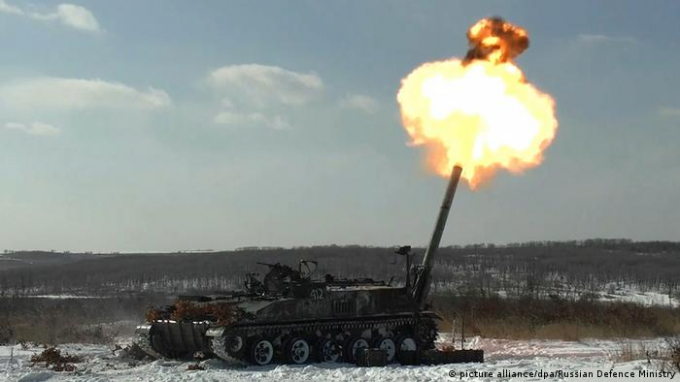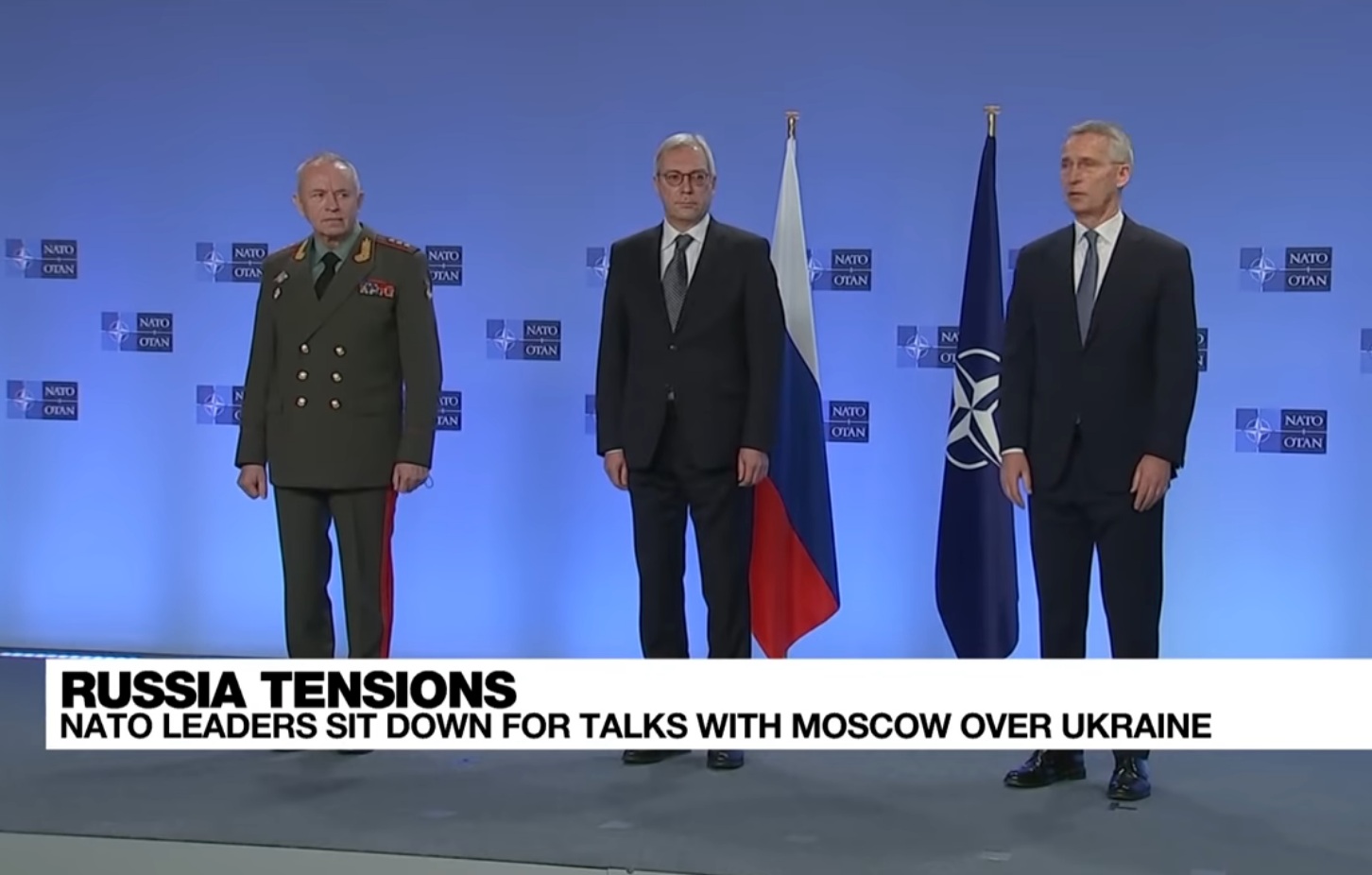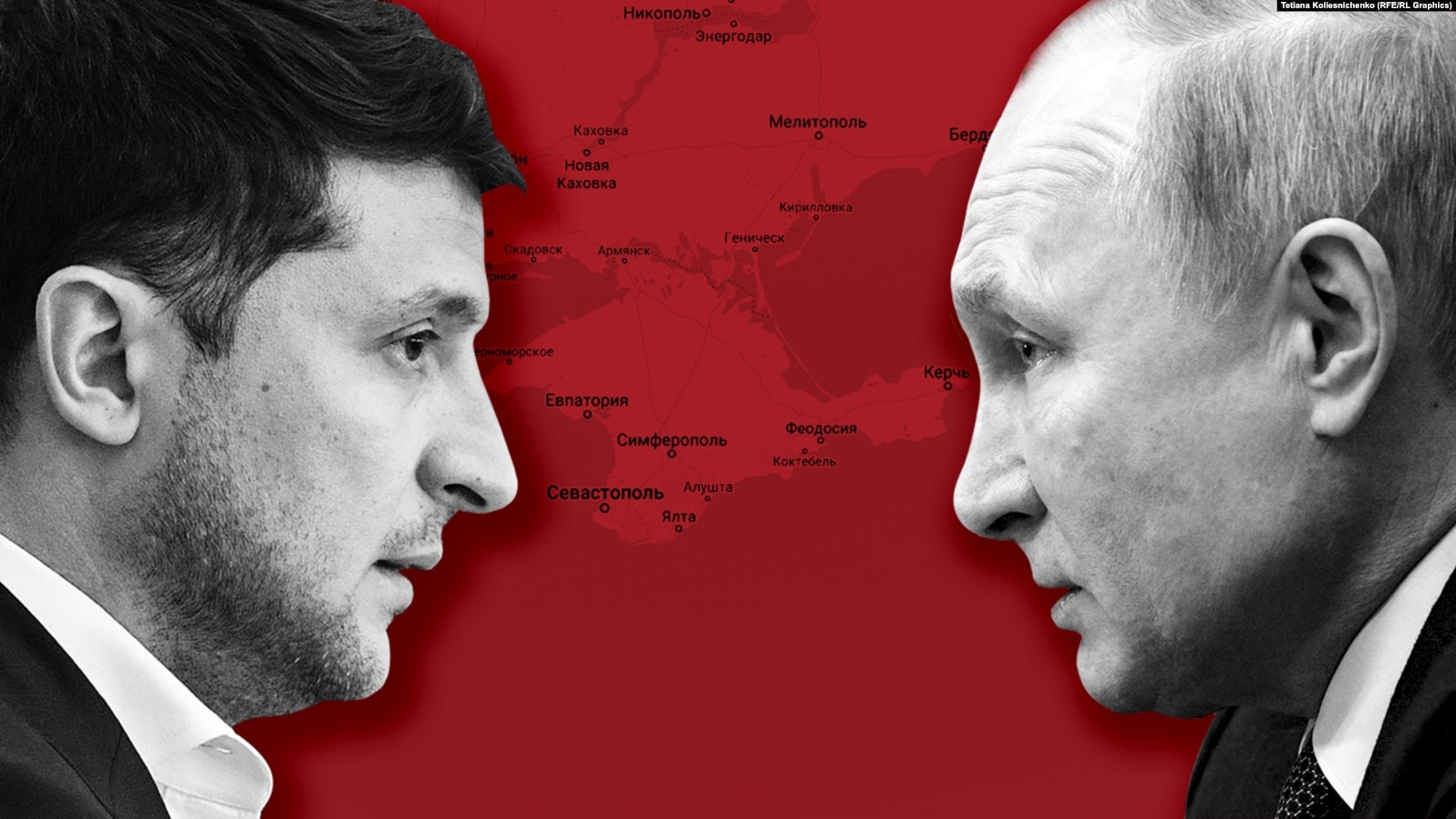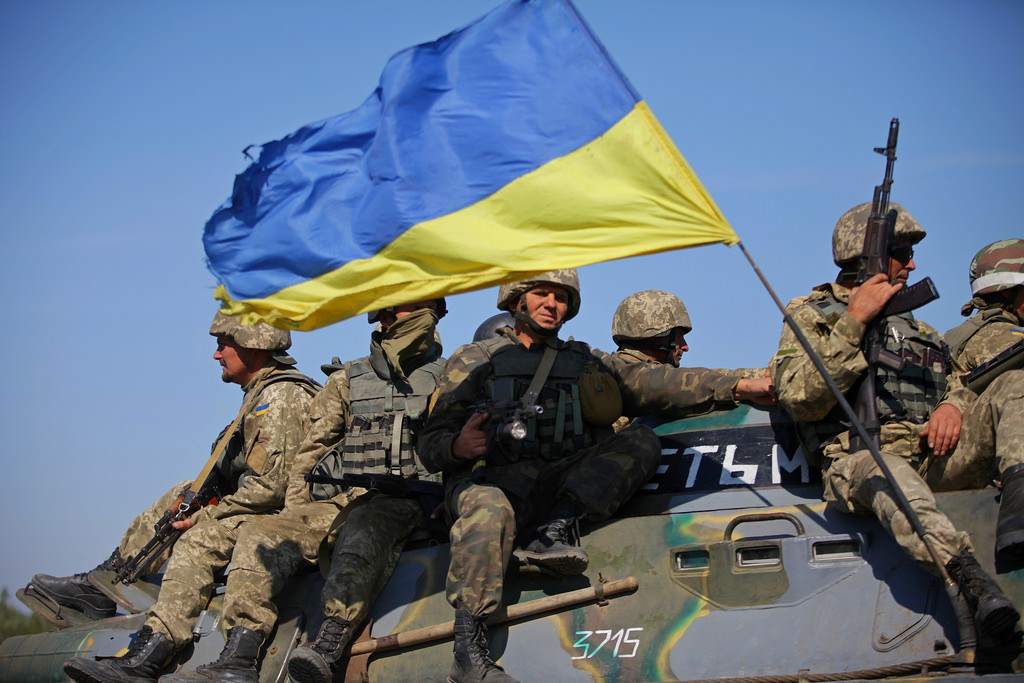“We believe at the moment they are ready to execute various offensive scenarios,” says the Conflict Intelligence Team (CIT) of digital sleuths.
Here we publish the translation of the Russian-language CIT report.
Currently, the attention of the world community is riveted to the events in the Donbas, massive shellings of the Ukraine-controlled territory, the deaths of the Ukrainian military, provocations and statements by the leadership of the Luhansk and Donetsk “republics” about Ukraine’s alleged preparation for an offensive.
The satellite imagery and videos on social media show military trucks and armor in field camps and helicopters at field airstrips and landing pads, often as close as 30 kilometers to Ukraine’s border. Lately, in the Belarusian territory, the Russian columns and trains were spotted moving near the borders of Kyiv and Chernihiv oblasts of Ukraine. In the same area, a pontoon bridge over the Pripyat River has been erected again. Satellite imagery also indicates the transfer of additional aviation, for example, Su-34 fighter-bombers to the airport Primorsko-Akhtarsk on the shore of the Sea of Azov.
- Read also: Russia moving “significant parts” of its far-eastern military units towards Ukraine: digital sleuths (Jan 2022)
There are also signs of preparing a large-scale airborne operation as the airborne equipment carrying parachute systems was spotted in Tula. Later, apparently, the same equipment was filmed on a train that moved towards Belarus. According to the Russian Railways database, this train left Tula and it most likely transports the equipment of the 51st airborne regiment, in all probability, of the 106th Guards Airborne Division stationed in Tula. Robert Lee, a doctoral candidate at King’s College London, believes, that in the event of an escalation, Russian troops are able to carry out an airborne regimental operation, as well as naval brigade landing.
All this happens in the foreground of the Grom nuclear exercises, in which launches of cruise and ballistic missiles take place. According to Robert Lee, these exercises can be a signal to NATO not to interfere in the possible Russian operation against Ukraine.
However, even if all the shown units were indeed withdrawn, then the total scale of the withdrawal is not more than 3-4 battalion tactical groups. However, according to the latest estimates by American sources, the number of these regular autonomous formations near Ukraine’s borders has amounted to 125 (i.e., up to 3/4 of all 168 in Russia’s Armed Forces).
Other signs of withdrawal, like two columns of the National Guard forces and one column of fuel tankers, spotted by a TV Rain correspondent going towards Moscow, also seem insignificant against the ongoing approach of equipment to the borders. Moreover, they can be moving to Bryansk Oblast or Belarus.
Read also:
- Russia escalates conflict in Donbas, Biden convinced Putin decided to invade Ukraine
- Russia’s Ministry of Defense reports partial troop withdrawal. OSINT experts disagree
- Ukraine now has neither weapons nor security: Zelenskyy demands Budapest Memorandum consultations
- Russia moving “significant parts” of its far-eastern military units towards Ukraine: digital sleuths (Jan 2022)
- Putin’s offer to “stop NATO expansion”: the reason behind Russia’s month of aggression
- Russia’s military buildup on Ukraine’s border “on par” with that of April, say online sleuths (Nov 2021)
- Role of airborne troops in Russia’s military buildup in occupied Crimea








